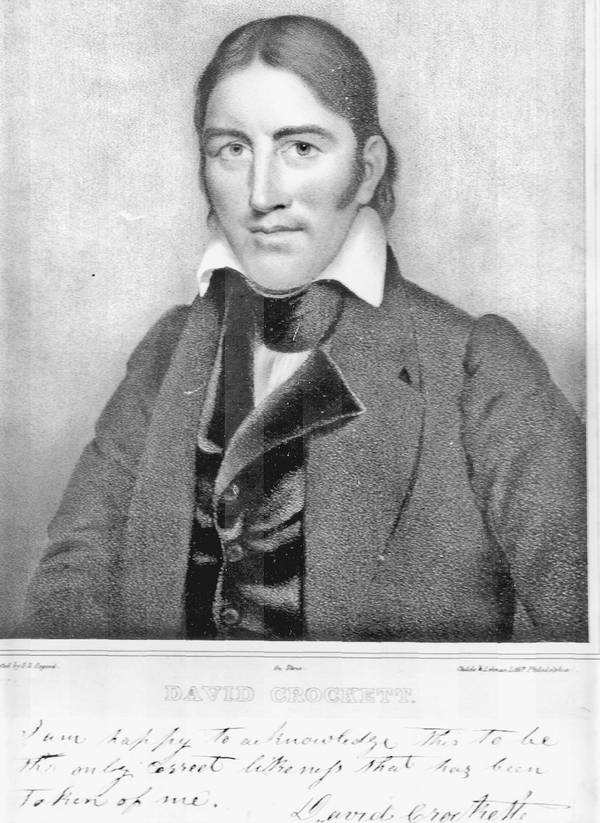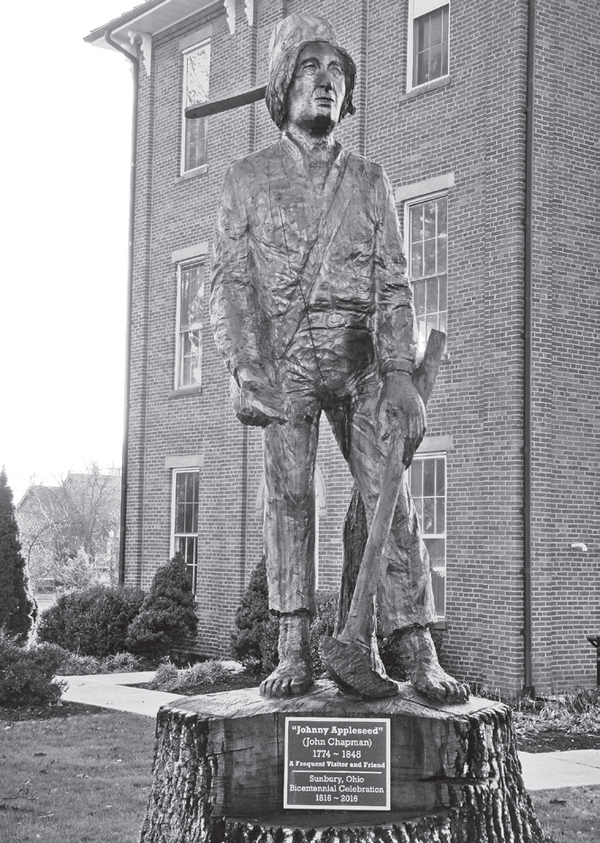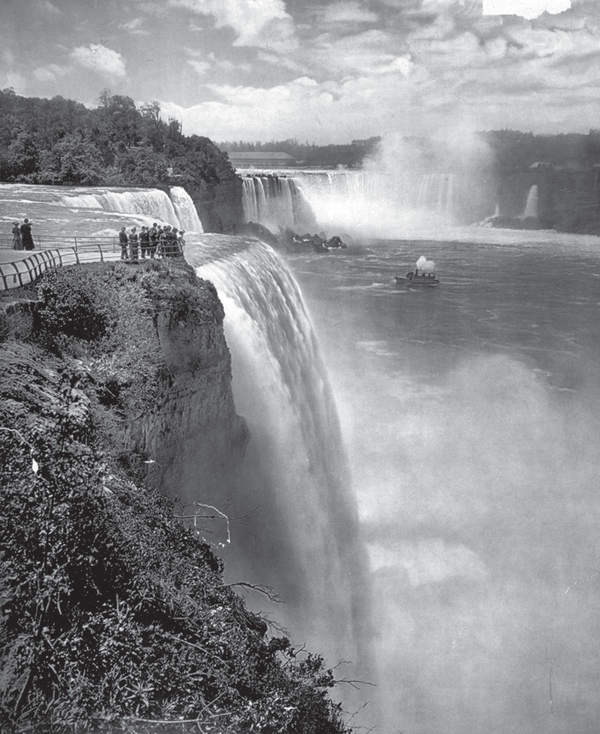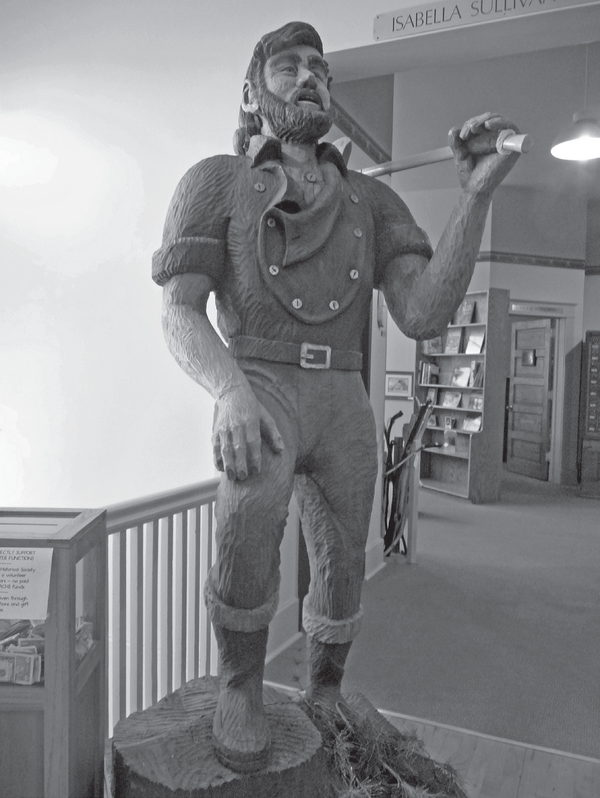Historically, folktales are stories born from both truth and myth. These tales are built from years of retelling and passed down through generations, reflecting the beliefs and culture of their time. Many have supernatural elements and focus on a particular action or seek to convey a lesson to their listeners. Today’s surviving folktales merge fantasy and truth to create outlandish, but nevertheless inspiring, tales. Here are six of the most famous American folktales, and the true history behind them.
Princess Scargo

Rooted in Native American lore is the tale of Princess Scargo. In the most popular version, a man from a neighboring village brought four fish to Princess Scargo before leaving for war. She dug a small pond to keep her fish in. One morning, she woke to find the pond had dried up, and three of the four fish had died. As she cried and cried, her tears kept the last fish alive until her father could create a lake for the fish to live in. This lake became Scargo Lake on Cape Cod, and here the fish lived out a long and happy life. In the end of this version, the man from the neighboring village also returns from war.
Davy Crockett

Davy Crockett’s story is part legend, part fact. He was widely known as the “King of the Wild Frontier,” for having a reputation as a skilled hunter and storyteller. Crockett’s name became a legend after he died in the Battle of the Alamo in 1836. He was heralded as a Texan savior and inspired many to fight for Texas independence. But perhaps many know him best by the Davy Crockett Song, or “The Ballad of Davy Crockett” which premiered in the mid-1900s. The song detailed the frontiersman’s life in outlandish detail. According to the song, he was born on a mountaintop and wrestled a goat. Neither were true, but they helped build the legend surrounding Crockett. From children’s books to Disney’s own Frontierland, Crockett has become a beloved hero for generations of Americans, both young and old.
Johnny Appleseed

Johnny Chapman, known in lore as Johnny Appleseed, became famous when he started planting large amounts of apple trees in most of Pennsylvania. His reputation spread throughout the country because of his kind and generous approach toward conservation, and the symbolic importance he put on apples. Today, Johnny Appleseed is remembered on Johnny Appleseed Day with the Johnny Appleseed Festival in Leominster, along with art depicting the man walking barefoot in an apple orchard tending to the trees.
Maid of the Mist

Before the popular “Maid of the Mist” Tours many take in New York, the “Maid of the Mist” was a beloved Iroquois legend and part of Niagara Falls history. A young tribeswoman Lelawala was heartbroken by the death of her husband. After weeks of enduring the heartache, she climbed into her canoe, and paddled towards the edge of Niagara Falls, where currents quickly swept her over. But before she could reach the bottom, Heno, the god of thunder, swept in, rescuing Lelawala and nursing her back to health. Lelawala fell in love with Heno’s son, married him, and lived with the family behind the waterfall. However, her new mythical status meant she could never see her family and only reunited with them once to warn of a giant snake who threatened to poison the village’s water supply. When the snake arrived in the village, he found it empty. Lelawala saved her people and carried out her life beneath the Falls.
Paul Bunyan and Babe the Blue Ox

The tales of Paul Bunyan and his blue ox, Babe emerged from loggers in North America. These tales were commonly told in the bunkhouses of loggers, and usually contained strange creatures, freak weather, and superhuman abilities. Each version was so widespread that it’s impossible to pinpoint which variant was the original. Some tales claim that Bunyan was taller than a mountain, while others say his and Babe’s footprints created the 10,000 lakes of Minnesota. Together, Bunyan and Babe are two of the most famous folk heroes of American culture.
America’s legends and lore have helped shape our history. These imaginative tales contain pieces of our parents, our grandparents, and our great-great parents, along with the lessons they were taught and the beliefs the world at the time reflected. Even today, there are countless versions of every folktale, and they continue to change with each narration. With purposes ranging from explaining the unknown, to helping Americans through difficult times, America’s most popular folktales will forever be engrained in the spirit of the nation.

